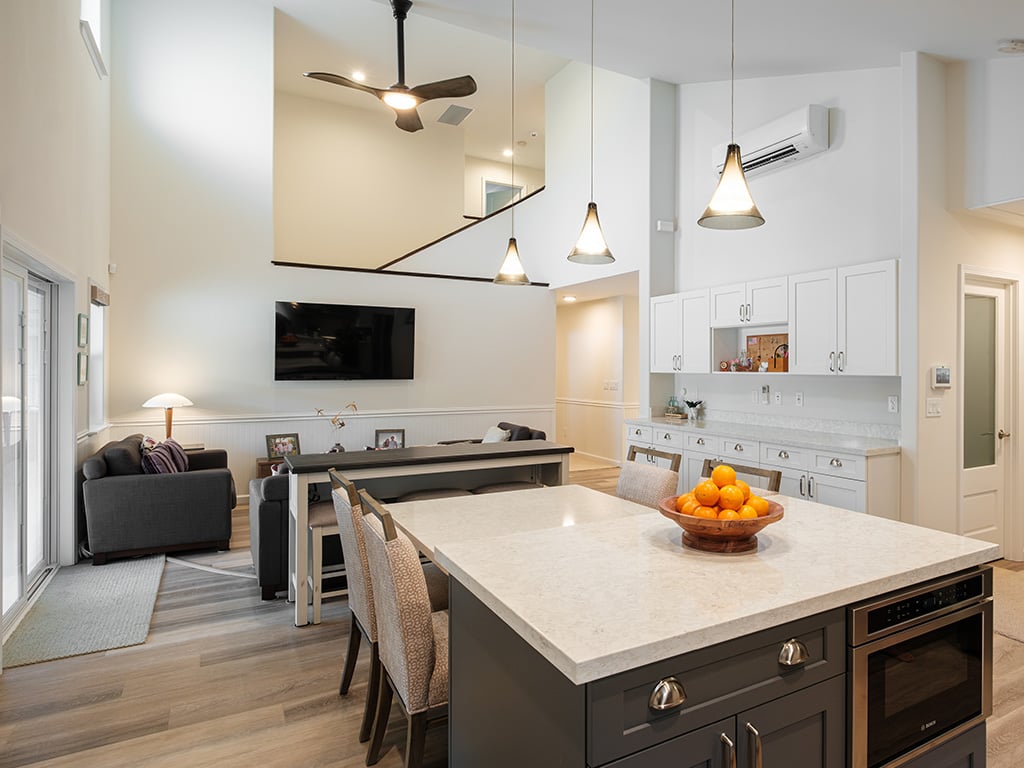10 Common Interior Design Mistakes
Not sure why your room doesn’t look quite right? Pros share their top pet peeves and what you can do to fix them.
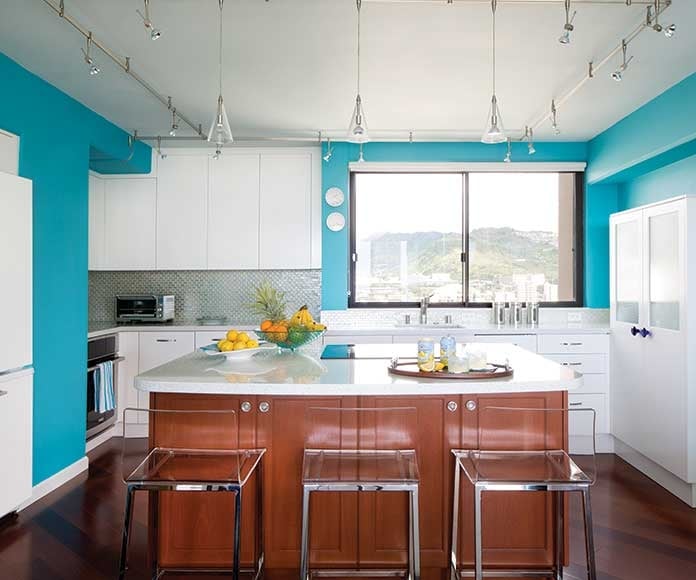
Not sure why your room doesn’t look quite right? You may have committed one of these 10 interior decorating offenses. Pros share their top pet peeves and what you can do to fix them.
1. Refusing to hire a designer.
“Unfortunately, people wait until they have to call, when something forces them to,” says Glenda Anderson of Details International. “Call a designer that you trust immediately. You won’t be sorry.”
2. White walls everywhere.
“A lot of homeowners are afraid to use color on the walls and end up going the safe route using white or off white,” says Shelley Tanner of John Cook Kitchens. “Color — cool or warm — adds to the space, especially in rooms with high ceilings. Or do one accent wall a little darker color with a lighter color on the remaining walls,” Tiare Noelani Pinto of Archipelago Hawaii says. “Paint is such an inexpensive design detail that is underutilized. Paint color alone can completely change someone’s home, creating balance, and interest in the space. It can highlight artwork and give a pop to your furniture.”

– Shelley Tanner of John Cook Kitchens
Photo courtesy: John Cook Kitchens
3. Buying appliances before buying a kitchen.
When remodeling your kitchen, it’s best to have a plan that doesn’t revolve around a single item like an appliance. “For example, they buy a refrigerator based on cubic feet rather than how the finish or size affects the flow of the room,” says Glenda Anderson of Details International. “Then they are left with something we call a ‘wart.’ You try to accommodate it as best you can, but it sticks out. You have to buy all the parts to fit into the design.”
4. Brighter isn’t always better.
“Experienced designers will provide lighting that is functional for the space,” says Glenda Anderson of Details International. “You have to be sure you won’t be working in your own shadows.”
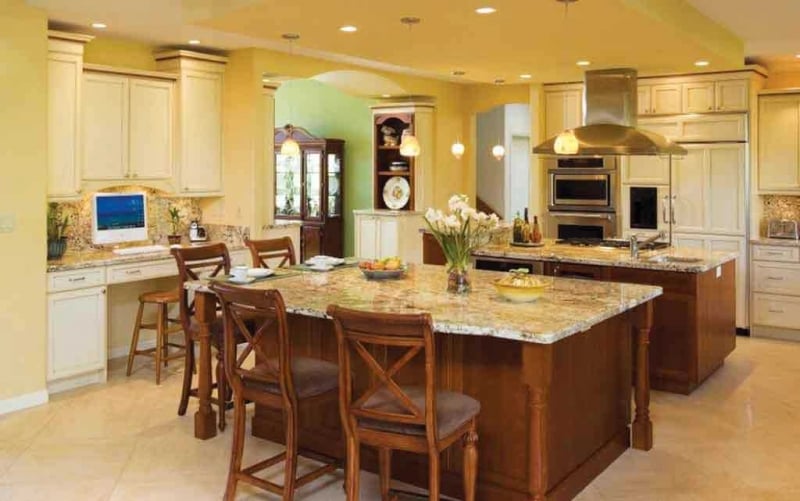
The green accent wall in dining rooms adds interest.”
-Shelley Tanner of John Cook Kitchens
Photo courtesy: John Cook Kitchens
5. Being too cheap.
Sure, it’s prudent to be frugal whenever possible, but you can overdo it. “We’ve had people go with cheap cabinets but then buy top-notch countertops,” says Glenda Anderson of Details International. “Ten years later, they have to rip the kitchen up because the cabinets don’t hold up. It’s just a shame really.”
6. Hanging artwork that’s too tiny – or too big.
“Artwork needs to be proportionate to the wall space you’re hanging it on,” says Shelley Tanner of John Cook Kitchens. “I see small, framed pieces on large walls and large framed pieces on smaller walls.”
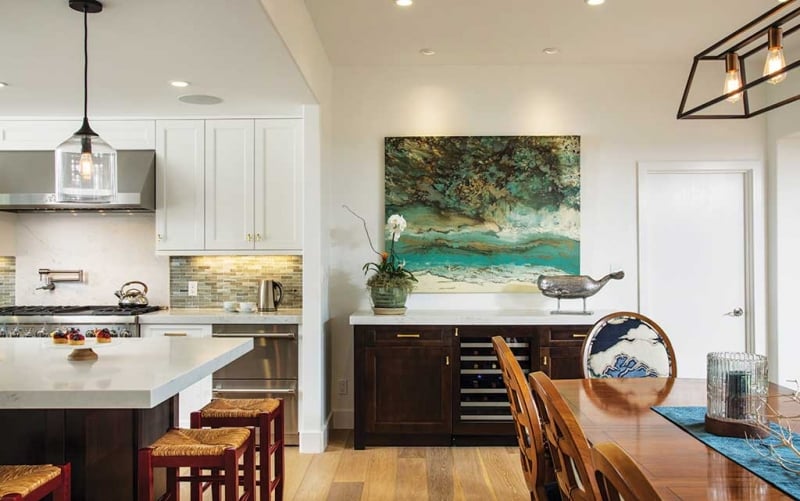
Install eyeball recessed cans to highlight the artwork.”
— Shelley Tanner of John Cook Kitchens
Photo courtesy: John Cook Kitchens
7. Hanging artwork too high.
“The center of the piece should be at eye level,” says Tiare Noelani Pinto of Archipelago Hawaii. “This can vary depending on ceiling heights and height of inhabitants, but generally, eye level at center or the bottom
third is best.”
8. Installing a TV too high on the wall.
“It should be eye level so you don’t have to crane your neck at an awkward tilt,” says Shelley Tanner of John Cook Kitchens.
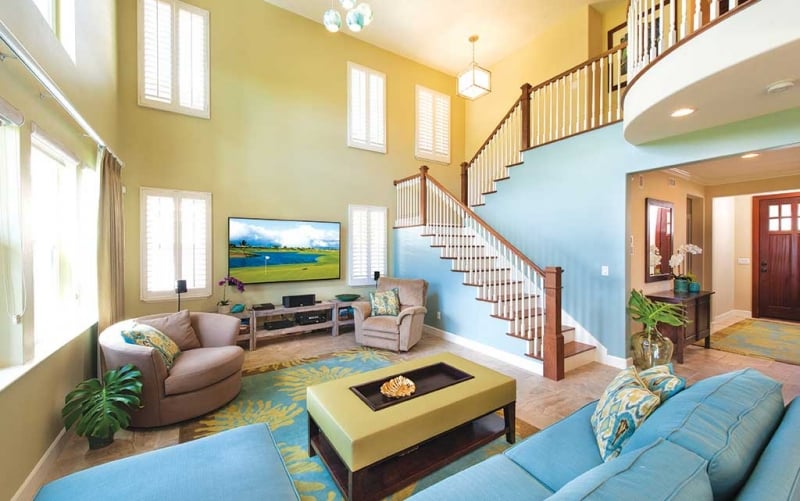
— Tiare Noelani Pinto, Archipelago Hawaii
Photo courtesy: Archipelago Hawaii
9. Not matching the furniture to the space.
“You can’t have apartment-sized furniture in a home with 12-foot ceilings,” says Tiare Noelani Pinto of Archipelago Hawaii. “Or vice versa, you can’t bring your overscaled furniture from your 5,000-sq.-ft. home and put it in your new Kakaako condo. Space planning is critical; if you are moving to a new home, do an inventory of what you plan to keep, what you are undecided about and what you are willing to let go of. Then do a scaled-space plan to see where your current pieces might work in the new space. This will also help you figure out any new pieces you may want to consider for the new home. Don’t move anything that doesn’t work.”
10. Too many focal points in a space.
“Whether it be too many different fabrics calling for attention or too many decorative furniture pieces, it’s always good to have a focal point and design around it as support not competition,” says Tiare Noelani Pinto of Archipelago Hawaii. “I always try to find out what my clients ‘must have’ for each space and grow the design/palette from there. It’s OK to mix styles, but be careful to create a cohesive feel to the space. This can be done by coordinating the wood tones of the pieces or maybe the upholstery color schemes. That way, your eclectic design doesn’t become an eclectic nightmare.”
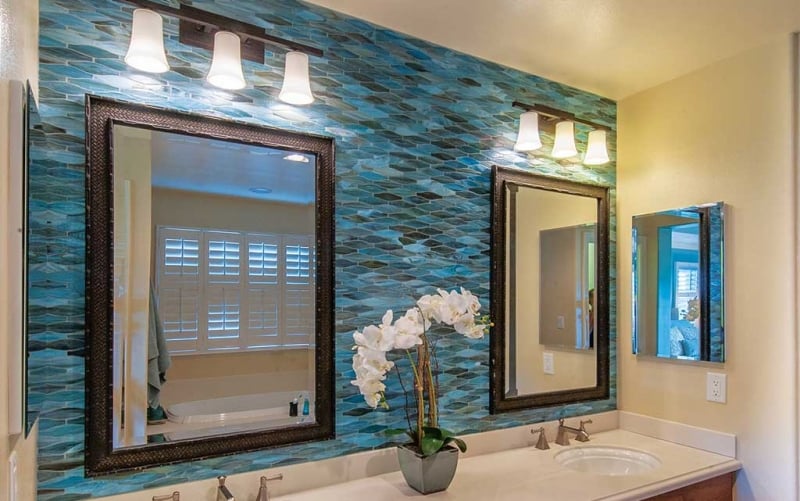
— Tiare Noelani Pinto, Archipelago Hawaii
Photo courtesy: Archipelago Hawaii



